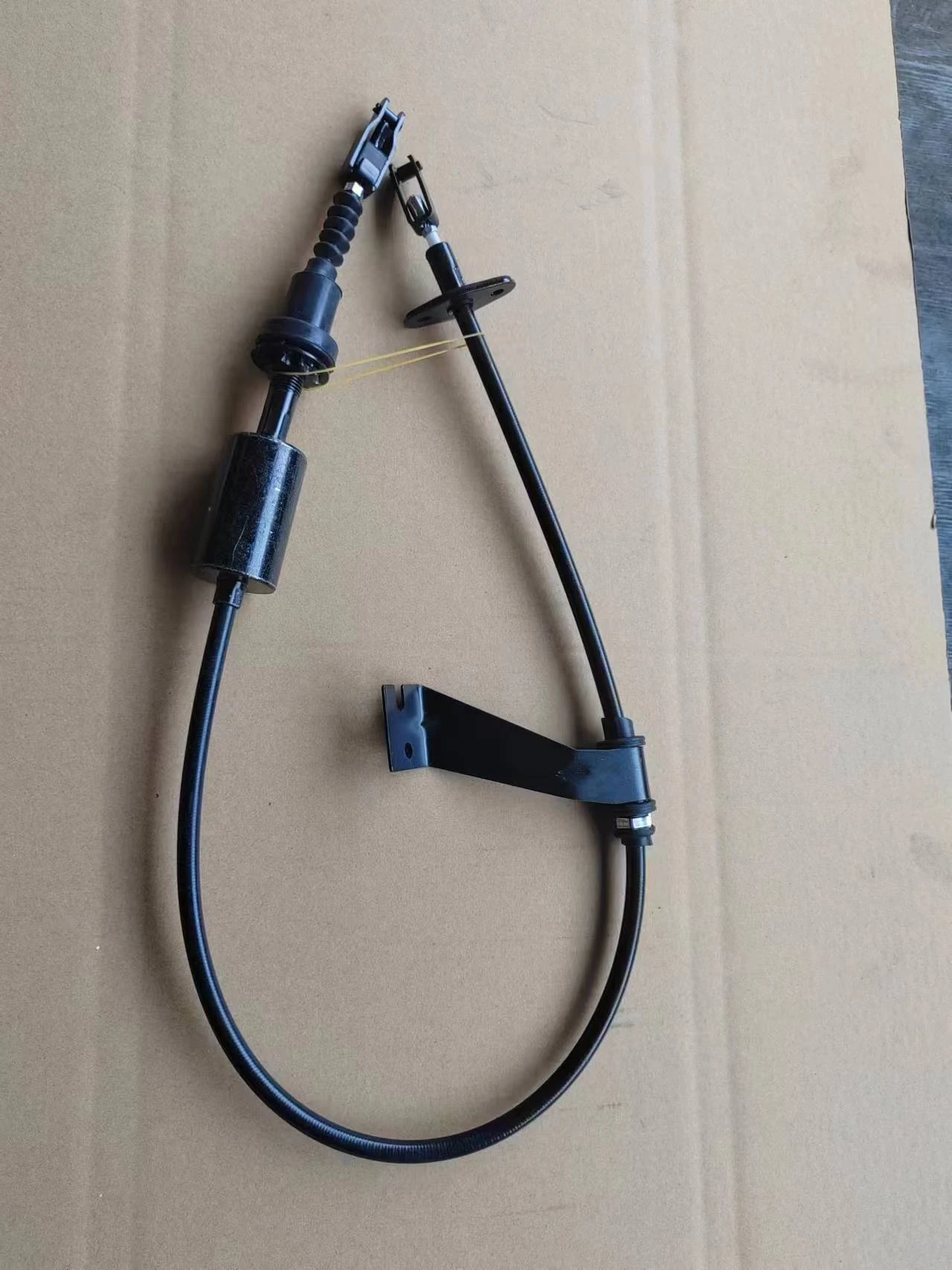Understanding Mower Throttle Cable Functionality and Adjustment for Optimal Performance
Understanding the Mower Throttle Cable Function, Importance, and Maintenance
When it comes to maintaining your lawn mower, one of the critical components that often gets overlooked is the throttle cable. This important part plays a vital role in controlling the engine's speed, influencing both the mower's performance and your overall mowing experience. In this article, we will explore the function of the mower throttle cable, its importance, common issues, and maintenance tips to ensure your lawn mower operates efficiently.
What Is a Mower Throttle Cable?
The throttle cable is essentially a flexible wire or cable that connects the mower’s throttle control lever on the handle to the carburetor or engine throttle plate. By manipulating this cable, the operator can increase or decrease the engine's RPMs (revolutions per minute). This function is crucial for adjusting the mower's speed and power to suit varying mowing conditions, such as navigating hills, cutting through thick grass, or edging along sidewalks.
The Importance of the Throttle Cable
1. Performance Control The throttle cable allows the mower operator to maintain control over the mowing speed. A well-functioning throttle cable helps to ensure that the engine runs at optimal RPMs, enhancing cutting efficiency and performance.
2. Fuel Efficiency Proper throttle control can lead to better fuel efficiency. When the engine runs smoothly at the right RPMs, it consumes fuel more effectively. This not only saves money but also reduces emissions, making mowing a more environmentally friendly task.
3. Safety A responsive throttle cable can enhance safety. When cutting grass, particularly in challenging terrains, the ability to quickly adjust the engine speed can prevent accidents and give the operator better control over the mower.
4. Longevity of Equipment Regularly checking and maintaining the throttle cable can extend the life of your lawn mower. A damaged or malfunctioning throttle cable may cause undue stress on the engine, leading to further complications and costly repairs.
Common Issues with Throttle Cables
Over time, throttle cables can wear out, fray, or become stiff due to exposure to elements such as moisture and dirt
. Some common issues associated with throttle cables includemower throttle cable

- Sticking If the throttle cable has become sticky or is not moving freely, it can result in erratic engine speeds, making it difficult to control the mower effectively.
- Breakage Constant wear and tear can lead to breakage. A broken throttle cable means that the operator will have a limited ability to control the mower's speed, which might lead to reduced performance or even complete engine failure.
- Misalignment The cable might not be correctly aligned with the throttle control and carburetor, leading to poor responsiveness.
Maintenance Tips for the Throttle Cable
1. Regular Inspection Routinely check the throttle cable for any signs of wear or damage. Look for frays, kinks, or corrosion that could affect its performance.
2. Lubrication If the cable appears to be sticking, apply a lubricant to ensure it moves smoothly. Use a lubricant specifically designed for cables to avoid any damage.
3. Replacement If the throttle cable is broken or excessively worn, replace it promptly. Replacing the throttle cable is a straightforward task that can typically be done with basic tools, saving you repair costs.
4. Professional Help If you're unsure about inspecting or replacing the throttle cable yourself, don’t hesitate to consult a professional. They can provide comprehensive maintenance and ensure that all components are functioning optimally.
Conclusion
The mower throttle cable may seem like a small component, but its functionality is crucial for the efficient operation of your lawn mower. Understanding its role, recognizing common issues, and performing routine maintenance can significantly enhance your mowing experience and extend the life of your equipment. By taking the time to care for this important part, you're investing in a more reliable and efficient mowing process. Happy mowing!
-
Workings of Clutch Pipe and Hose SystemsNewsJun.04,2025
-
The Inner Workings of Hand Brake Cable SystemsNewsJun.04,2025
-
The Secrets of Throttle and Accelerator CablesNewsJun.04,2025
-
The Hidden Lifeline of Your Transmission Gear Shift CablesNewsJun.04,2025
-
Demystifying Gear Cables and Shift LinkagesNewsJun.04,2025
-
Decoding Clutch Line Systems A Comprehensive GuideNewsJun.04,2025
